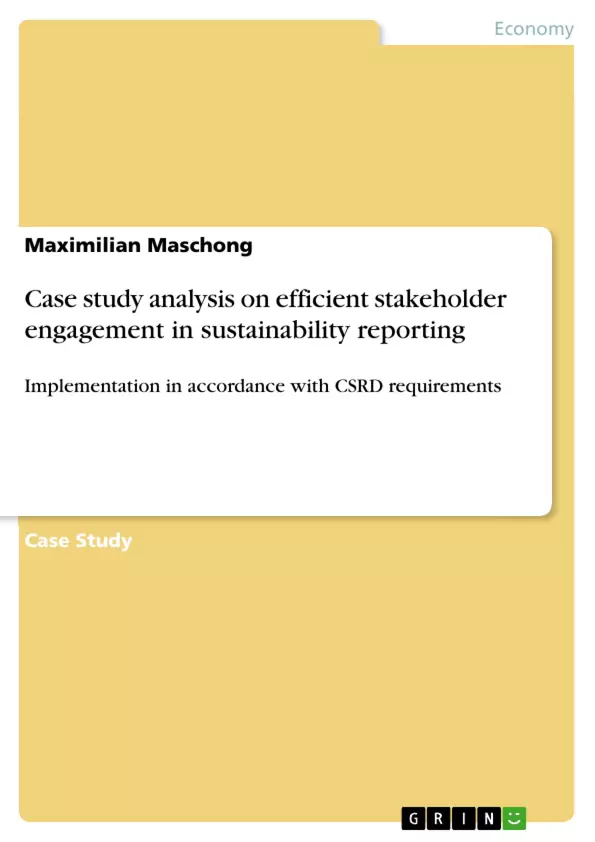1. Introduction
This chapter introduces the increasing demands on sustainability reporting and the challenge companies face in identifying relevant topics and risks while considering stakeholder expectations. It poses the research question: How can companies effectively implement stakeholder engagement in materiality analysis under CSRD? The central thesis is established: the success of materiality analysis and sustainability reporting depends largely on stakeholder involvement. The methodology, including case studies of three companies and relevant literature on stakeholder theory, is outlined. The chapter concludes by stating the aim of providing practical recommendations and highlighting limitations for future research.


